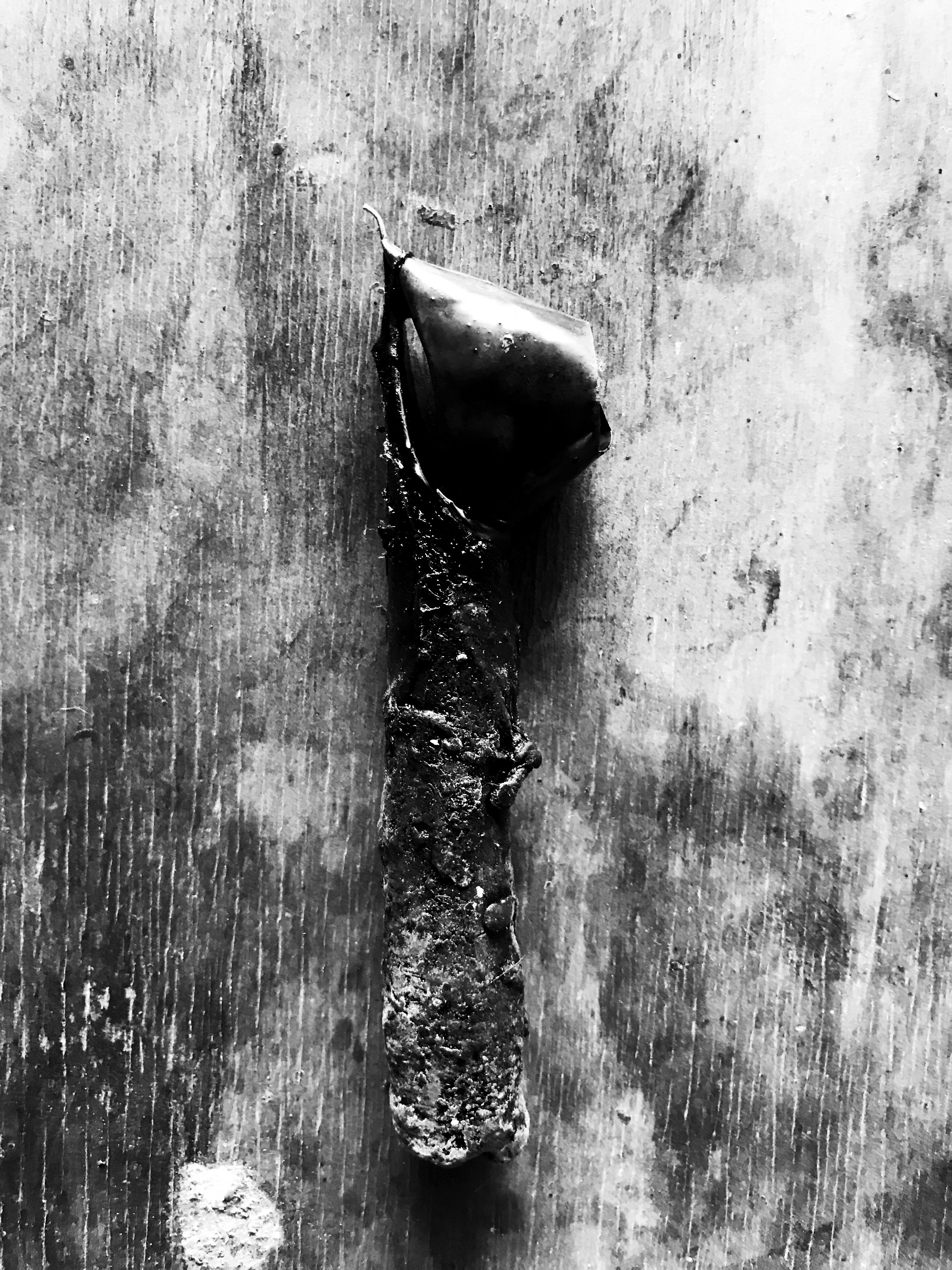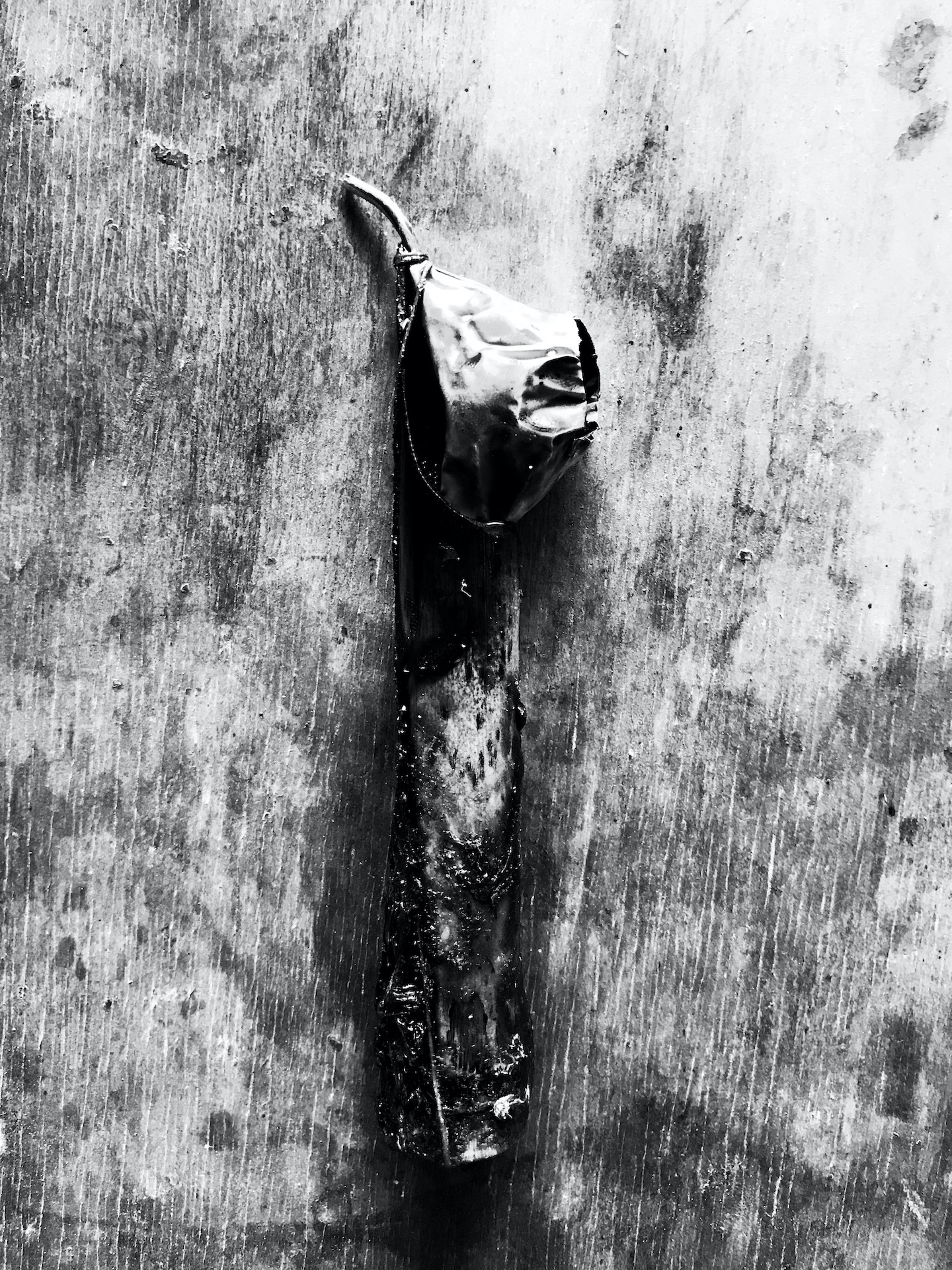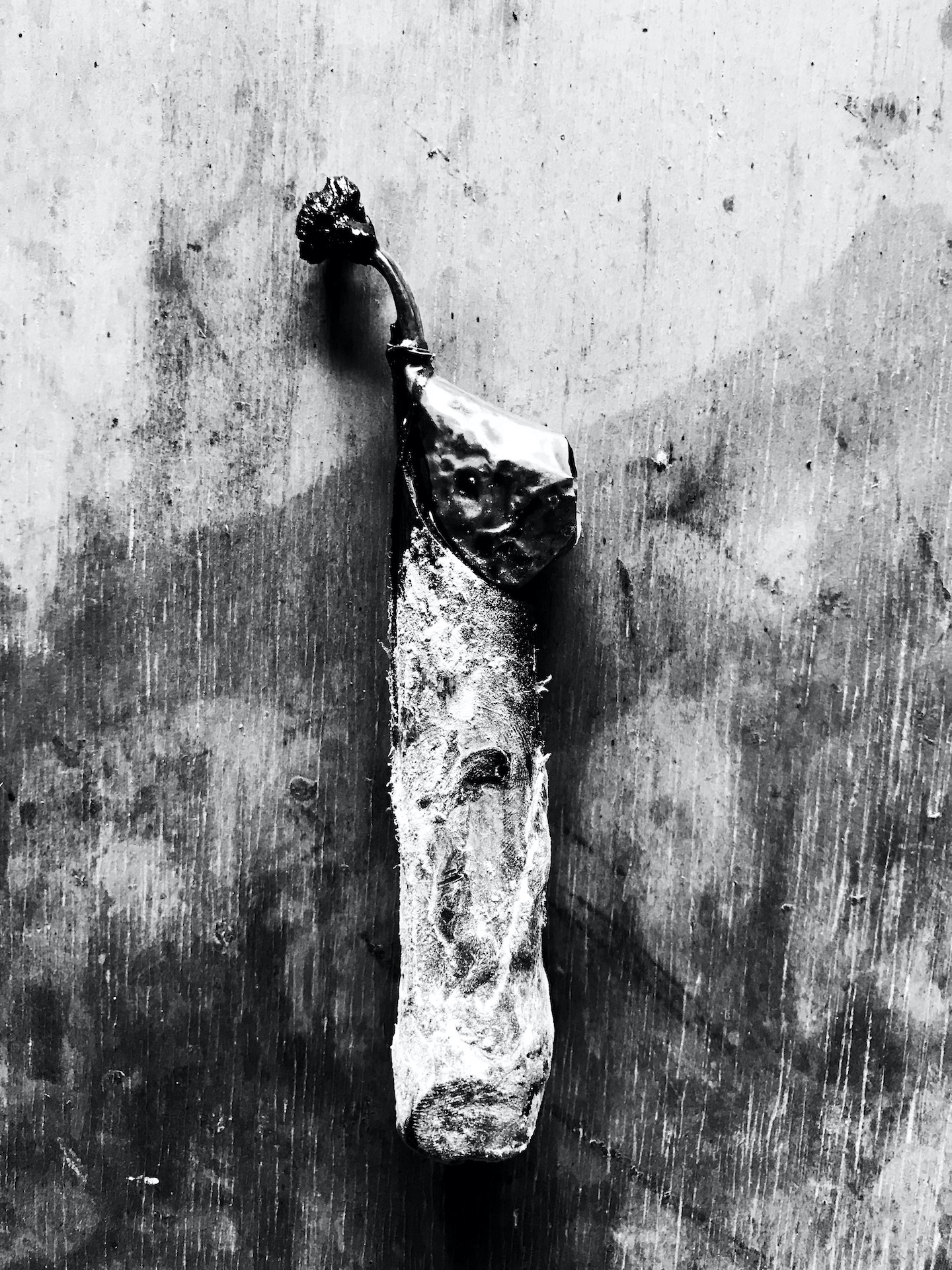Category
Lecturer


Description
We have known canting as a tool used to make batik. Canting serves to distribute the hot wax from the stove onto the fabric. The canting consists of three parts, nozzle, container, and handle. The container serves to accommodate the hot wax taken from the stove and then flowed through the nozzle. Nozzles and containers are usually made of copper. Nozzle sizes and types vary according to the function. The handle is used to hold the canting, usually made of wood, bamboo, or other heat-resistant materials.
However, in this study, canting is seen from a different perspective. Observations were made on batik artisan's behavior in the making of traditional batik tulis, using the Micro Motion Study method and Motion Capture tool. A reflective marker is placed at the end of the canting. The Motion Capture captures the movement of the marker using infrared cameras. The batik artisan holds canting with the marker attached and begins the process. The repetitive movement of the batik artisan's hand creates a distinctive pattern called the Pola Layangan. The Pola Layangan as Working Envelope becomes the basis for determining the Minimum Requirement Area for a batik artisan to do the canting process, based on behavioral, anthropometry, layout, and working process.
Through this method, canting is a tool in the traditional batik tulis process and a tool for creating a pattern in a hidden space, canting as The Space-maker.
However, in this study, canting is seen from a different perspective. Observations were made on batik artisan's behavior in the making of traditional batik tulis, using the Micro Motion Study method and Motion Capture tool. A reflective marker is placed at the end of the canting. The Motion Capture captures the movement of the marker using infrared cameras. The batik artisan holds canting with the marker attached and begins the process. The repetitive movement of the batik artisan's hand creates a distinctive pattern called the Pola Layangan. The Pola Layangan as Working Envelope becomes the basis for determining the Minimum Requirement Area for a batik artisan to do the canting process, based on behavioral, anthropometry, layout, and working process.
Through this method, canting is a tool in the traditional batik tulis process and a tool for creating a pattern in a hidden space, canting as The Space-maker.
Artist Information
 Rachmi Kumala Widyasari
Rachmi Kumala Widyasari
